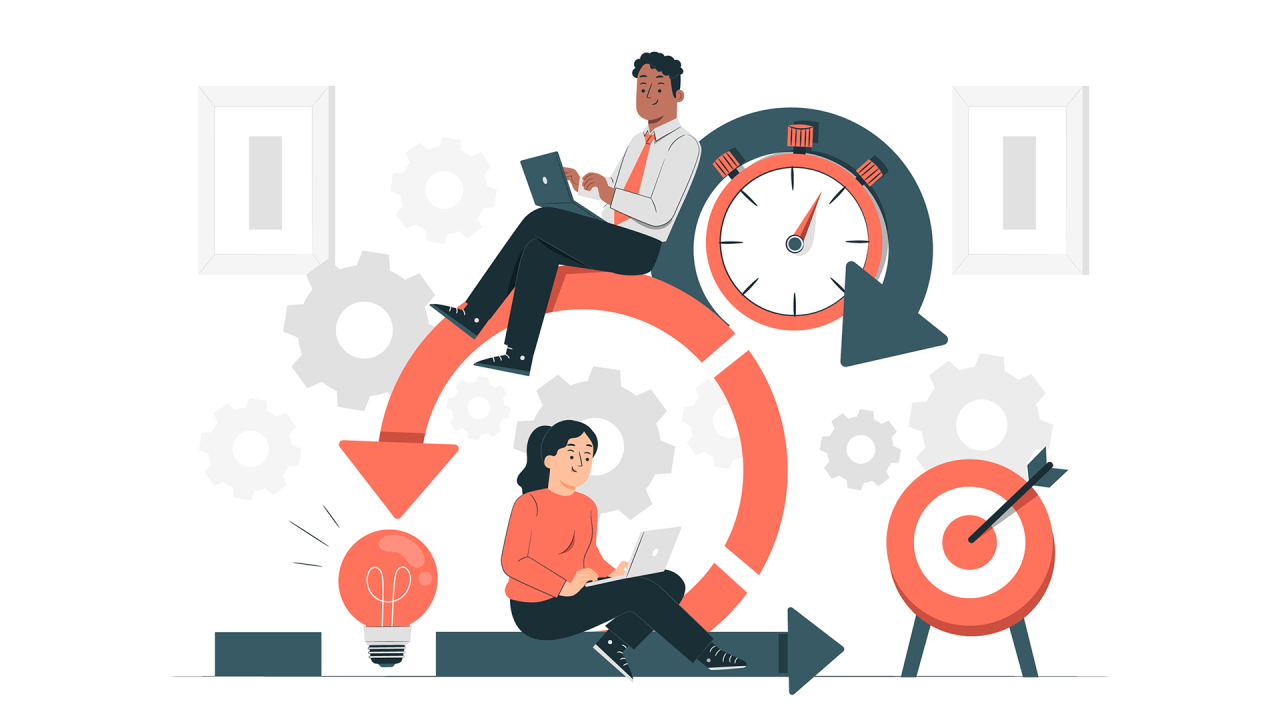In the fast-paced world of product management, fostering creativity and collaboration within teams is crucial for developing innovative solutions. One effective technique for achieving this is the “Yes, and…” method, borrowed from improv theater. This approach encourages a positive, collaborative environment where ideas are not just accepted but built upon, leading to richer, more innovative outcomes.
What is the “Yes, and…” Method?
The “Yes, and…” method involves two key steps:
- Positive Reinforcement (“Yes”): When an idea is presented, the initial response is always affirmative. This creates a supportive environment where all ideas are considered valid, promoting open communication and reducing fear of rejection.
- Building on Ideas (“And”): Rather than stopping at acceptance, the responder adds to the idea with additional thoughts or suggestions. This encourages continuous improvement and collective brainstorming, leveraging diverse perspectives.
Why Use the “Yes, and…” Method in Product Management?
Encourages Innovation: By validating all contributions, team members are more likely to share creative and unconventional ideas, which can lead to groundbreaking solutions.
Enhances Collaboration: It fosters a culture of collaboration where team members feel their input is valued, leading to better teamwork and cohesion.
Improves Problem-Solving: Multiple perspectives on a single idea can result in more robust solutions, as diverse viewpoints often reveal different aspects of a problem or opportunity.
Boosts Morale: A positive and supportive environment increases team morale and motivation, making the workplace more enjoyable and productive.
Implementing the “Yes, and…” Method
1. Facilitate Workshops: Regularly conduct brainstorming sessions where the “Yes, and…” method is explicitly used. This can help the team become more comfortable with the technique and integrate it into their everyday interactions.
2. Train the Team: Provide training sessions or workshops to educate team members on the method, ensuring everyone understands how to apply it effectively.
3. Create a Safe Space: Foster a culture where all ideas are welcomed and respected. Encourage team members to share their thoughts without fear of criticism or rejection.
4. Document and Iterate: Keep track of the ideas generated during “Yes, and…” sessions. Review and iterate on these ideas regularly to refine and implement the best ones.
Examples of the “Yes, and…” Method in Action
Example 1: Feature Development
Scenario: A product manager suggests adding a new feature to an app.
Team Member Response: “Yes, and we could also integrate it with our existing notification system to enhance user engagement.”
Next Response: “Yes, and we could further personalize the notifications based on user behavior data.”
By continually building on each idea, the team develops a well-rounded and innovative feature that not only enhances the app but also engages users more effectively.
Example 2: Improving Customer Support
Scenario: A team member proposes implementing a chatbot to handle basic customer support queries.
Response: “Yes, and we could program the chatbot to recognize and escalate complex issues to human agents.”
Next Response: “Yes, and we could analyze the data from the chatbot interactions to identify common issues and improve our FAQ section.”
This iterative process leads to a comprehensive customer support strategy that leverages technology and data to improve service quality and efficiency.
Example 3: Marketing Strategy
Scenario: The marketing team suggests launching a social media campaign to promote a new product.
Response: “Yes, and we could collaborate with influencers to reach a wider audience.”
Next Response: “Yes, and we could create engaging content like behind-the-scenes videos and user testimonials to increase engagement.”
Through this collaborative approach, the marketing strategy becomes more dynamic and effective, leveraging multiple channels and content types to maximize impact.
The “Yes, and…” method is a powerful tool for product managers seeking to foster a culture of innovation and collaboration within their teams. By embracing this technique, teams can create a positive environment where ideas are nurtured and built upon, leading to more creative solutions and successful product outcomes. Implementing the “Yes, and…” method involves facilitating workshops, training the team, creating a safe space for idea sharing, and continuously iterating on ideas. With practice, this method can transform the way teams approach problem-solving and innovation, driving product success.




